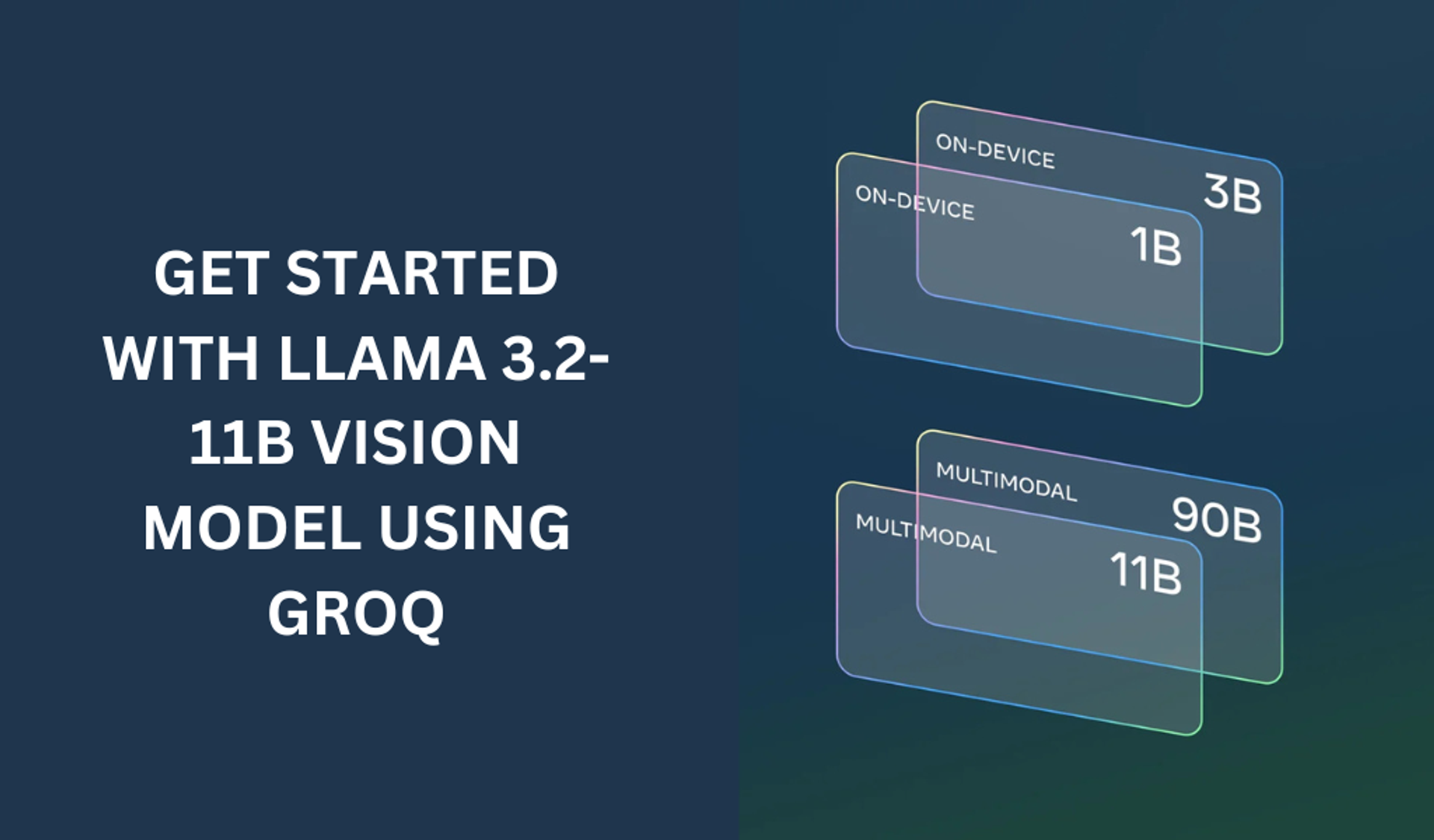Testing Tools for Popular Programming Languages
Abraham Esandayinze Tanta
· 3 min read min read
0
0

TDD (Test-Driven Development) methodology combined with the right tools are some of the key elements in ensuring the process works well. This article describes the main testing tools in the most popular programming languages, giving you all the means to create well-designed tests, execute them and manage them.
1. Python: pytest
Pytest is Python's most popular test framework. It is popular due to its simplicity, ease of use, and its capability to both handle simple test cases and test cases of a complex nature.
Features:
- Auto-generate test modules and functions.
- Detail info on assert statements is failing without the bother of flag usage.
- Instead of using special operations for debugging use the built-in assert statement.
- Having a strong fixture point is essential for assembling and dismantling testing infrastructure.
- Integration of other testing methods, like mock, coverage, etc.
Example Usage:
def add(a, b): return a + b def test_add(): assert add(2, 3) == 5
Running tests is as simple as executing pytest in your terminal within your project directory.
2. JavaScript: Jest
Jest is a delightful JavaScript Testing Framework with a focus on simplicity. It works with projects using: Babel, TypeScript, Node, React, Angular, Vue, and more.
Features:
- Zero configuration for many projects.Built-in code coverage reports.
- Mocking of objects and module dependencies with a simple and clear API.
- Runs tests in parallel, making it faster.
- Snapshot testing to ensure your UI does not change unexpectedly.
Example Usage:
function add(a, b) { return a + b; } test('adds 2 + 3 to equal 5', () => { expect(add(2, 3)).toBe(5); });
Running Jest tests is typically done with a simple command like jest or npm test.
3. Java: JUnit
JUnit is a simple framework to write repeatable tests in Java. It is an instance of the xUnit architecture for unit testing frameworks.
Features:
- Annotations to identify test methods.
- Assertions for testing expected results.
- Test runners for running tests.
- Test fixtures for shared test data setup and teardown.
Example Usage:
import static org.junit.Assert.assertEquals; import org.junit.Test; public class TestCalculator { @Test public void testAdd() { assertEquals(5, Calculator.add(2, 3)); } }
JUnit tests can be run from the command line, through build tools like Maven or Gradle, or directly within IDEs like Eclipse or IntelliJ IDEA.
4. C#: NUnit
NUnit is a unit-testing framework for all .Net languages. Initially ported from JUnit, it has grown and adapted into a powerful and feature-rich framework for writing and running tests in .NET applications.
Features:
- Strong support for data-driven tests.
- Supports parallel test execution.
- Integration with Visual Studio's test runner.
- Rich set of assertions and constraints to compare expected values with actual results.
Example Usage:
using NUnit.Framework; [TestFixture] public class TestCalculator { [Test] public void TestAdd() { Assert.AreEqual(5, Calculator.Add(2, 3)); } }
NUnit tests can be executed using the NUnit console runner, the NUnit test adapter for Visual Studio, or through third-party runners.
These tools represent just the tip of the iceberg in terms of what's available for developers practising TDD. Each tool offers unique features and integrates into development environments in different ways, catering to the diverse needs of development teams and projects.
As the Founder and CEO of Tanta Innovative Limited and Tanta Secure, I lead two IT firms that deliver innovative and secure solutions across Nigeria and beyond. With over a decade of expertise in ethical hacking, software development, Linux and network administration, I specialize in cybersecurity and malware detection. I hold a BSc in Computer Science from the Federal University of Technology and have earned multiple ethical hacking certifications. Fluent in Hausa, English, and French, I am passionate about leveraging the latest technologies to create value while ensuring the safety and privacy of users and their data.
More from Abraham Esandayinze Tanta

Guide to Choosing the Right Software Development Partner
Picking the right software development partner is vital for success. Asking the right questions helps you assess experti...

How Nigerian Businesses Can Effectively Respond to Data Breaches
Data breaches are a threat to any business. In Nigeria, the NDPR sets out strict guidelines that must be followed in th...

Cloud vs. On-Premise Software: Which is Right for Your Business?
As a CEO with 15 years of experience in Nigeria's IT sector, I've seen firsthand how the cloud vs. on-premise decision s...

Cross-Border Data Transfers: A Nigerian Company's Guide to Global Data Compliance
Sending data across borders? Don't risk hefty fines and reputational damage. Learn how to safeguard your business in a g...
Related Articles
Discover more insights and stories from our collection of articles

Integrating Spotify in Android Apps: Web API + SDK Tutorial 2025
Learn how to integrate Spotify's Web API and SDK into your Android app to add music streaming, user data, and playlist features—perfect for unique portfolio projects.

Getting started with the LLAMA 3.2-11B with groq
The LLAMA 3.2-11B model is a very powerful model that can perform both text and vision tasks.

Streamline Your Backend Workflow with Reusable Components
Learn how backend developers can save time by creating reusable components for common tasks, streamlining project setups, improving consistency, and boosting productivity.
